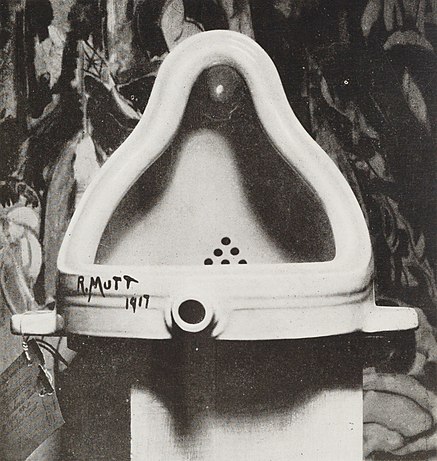Leo Tolstoy published an essay in 1896 called
"What Is Art?" The essay gives the authors opinion that art should affect the audience, and therefore bring the artist and the viewer together. With this definition, stories, paintings, etc. are all considered art if they "infect" the viewer with the feelings of the artist. Of course, not all art pieces make one gasp and awe at the feelings it invokes in them. And so Tolstoy makes it clear that there are good and bad kinds of art. The good art "infects" the viewer.

I like this definition of art because it shows that there is something involved from inside of ourselves. True art is evoked by emotion. It is an expression of that which cannot be explained any other way. However, I understand that there are many art pieces that mean absolutely nothing. A high school student trying to pass a class might make a piece of art just to get a grade. If asked what the meaning is, they would make one up on the spot, because as we know, art is supposed to have meaning. If it doesn't have one before the piece is created, then a bologna answer can be thought up afterwards in order to qualify the piece as art. But remember, it is all in the emotion. Duchamp's "Fountain" for example, may not be much of his own work, but as we look at the emotion he put into it and the statement he was trying to make by his piece, we see that the signed toilet is absolutely art. Think of the way that it "infected and even still infects the viewer. While I do agree believe that art can be created without their being any other viewer but the artist, I do agree with Tolstoy's idea that art should have an attached meaning. Why else would we make art if not to express ourselves?



